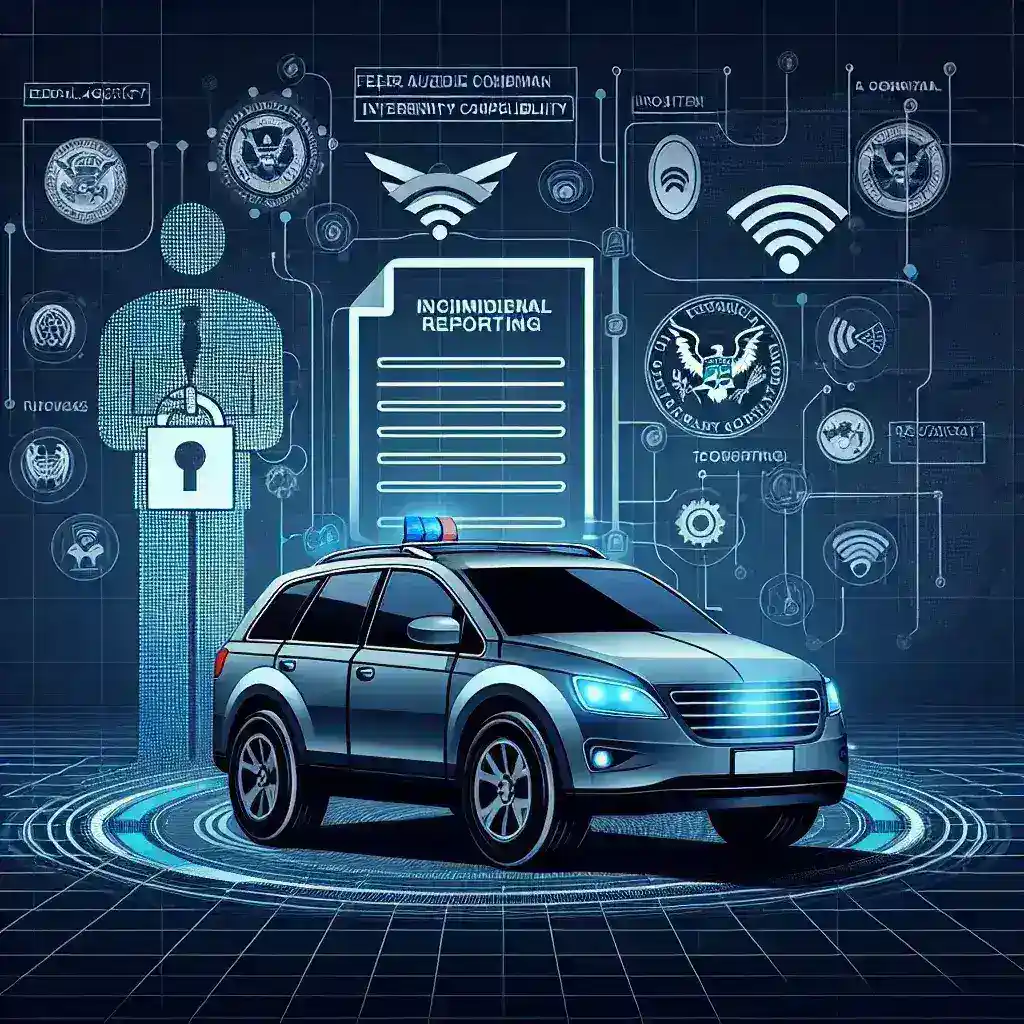Introduction
In a significant move aimed at enhancing the security of connected vehicles, the National Highway Traffic Safety Administration (NHTSA) has issued a new rule mandating that automakers report cyber incidents. This regulation comes at a time when cybersecurity threats to automobiles are becoming increasingly sophisticated, and the NHTSA’s proactive stance represents an essential step towards safeguarding public safety and consumer trust in technology-driven vehicles.
The Need for Cyber Incident Reporting
The automotive industry is rapidly evolving, with more vehicles equipped with internet connectivity, advanced driver-assistance systems (ADAS), and various embedded technologies. While these advancements offer numerous benefits, they also create vulnerabilities that can be exploited by malicious actors. As we have seen in recent high-profile cyberattacks, the potential for hackers to compromise vehicle systems poses serious risks, not only to individual consumers but to public safety as a whole.
According to a 2022 study by the Automotive Cybersecurity Consortium, over 70% of automakers reported at least one cyber incident in the past year. With such alarming statistics, the need for a standardized approach to reporting and addressing these incidents becomes clear. By mandating that automakers report any cyber incidents, the NHTSA aims to foster a culture of transparency and accountability within the industry.
Overview of the New Rule
The NHTSA’s new rule requires manufacturers of connected vehicles to report any cyber incidents that could potentially impact vehicle safety. This includes incidents of unauthorized access to vehicle systems, data breaches, and any attempts to exploit vulnerabilities. The regulation mandates that automakers report incidents within a specified timeframe, ensuring that authorities can respond swiftly to any potential threats.
Key Features of the Rule
- Incident Definition: The rule clearly defines what constitutes a cyber incident, eliminating ambiguity for manufacturers and ensuring consistent reporting.
- Reporting Timeline: Automakers must report incidents within 72 hours of discovery, allowing for prompt investigation and response.
- Data Sharing: The NHTSA will establish a secure platform for manufacturers to share information about incidents, facilitating collaboration and knowledge sharing across the industry.
- Compliance Standards: The rule outlines specific compliance metrics that automakers must meet, promoting a standardized approach to cybersecurity within the automotive sector.
Benefits of Mandatory Reporting
The implementation of mandatory cyber incident reporting comes with several key benefits:
1. Enhanced Public Safety
By fostering a culture of transparency, the NHTSA’s rule ensures that consumers are better informed about potential safety risks associated with their vehicles. Timely reporting can lead to quicker recalls or software updates, ultimately protecting drivers and passengers.
2. Improved Incident Response
With standardized reporting practices, automakers can learn from one another’s experiences, improving their incident response capabilities. This collaborative approach can lead to the development of more robust cybersecurity measures across the industry.
3. Increased Consumer Trust
As consumers become more aware of cybersecurity issues, transparency in reporting can enhance their confidence in connected vehicles. Knowing that manufacturers are taking proactive steps to address cyber threats can lead to greater acceptance of new automotive technologies.
Challenges Ahead
While the NHTSA’s new rule is a significant step forward, challenges remain in its implementation:
1. Compliance Costs
Compliance with the new reporting requirements may impose additional costs on automakers, particularly smaller manufacturers with limited resources. Balancing cybersecurity investments with other operational costs will be crucial.
2. Potential for Misinterpretation
The definition of a cyber incident may vary across different manufacturers, leading to potential inconsistencies in reporting. Clear guidelines and training will be necessary to mitigate this issue.
3. Rapidly Evolving Threat Landscape
As cyber threats continue to evolve, the NHTSA will need to stay ahead of the curve by updating its guidelines regularly. Continuous collaboration with cybersecurity experts and industry stakeholders will be essential.
The Future of Automotive Cybersecurity
The NHTSA’s new rule marks a pivotal moment in the evolution of automotive cybersecurity. As the automotive industry becomes increasingly interconnected, the importance of robust cybersecurity measures cannot be overstated. The new regulations will likely pave the way for more stringent standards and best practices in vehicle cybersecurity.
Predicting Future Developments
As we look to the future, several trends may emerge:
- Increased Investment in Cybersecurity: Automakers will likely allocate more resources to cybersecurity research and development, focusing on creating secure systems and robust incident response protocols.
- Collaboration with Tech Firms: Partnerships between automotive manufacturers and cybersecurity firms will become more common, leveraging expertise from both industries to create safer connected vehicles.
- Consumer Education: As awareness of cybersecurity issues grows, manufacturers may invest in consumer education initiatives, helping drivers understand potential risks and the importance of regular software updates.
Conclusion
The NHTSA’s mandate for mandatory cyber incident reporting for connected cars is a crucial step towards safeguarding the automotive landscape. While challenges lie ahead, the benefits of enhanced public safety, improved incident response, and increased consumer trust are undeniable. As the industry adapts to this new regulation, the future of automotive cybersecurity will likely become stronger, ensuring that connected vehicles remain a safe and reliable mode of transportation.

